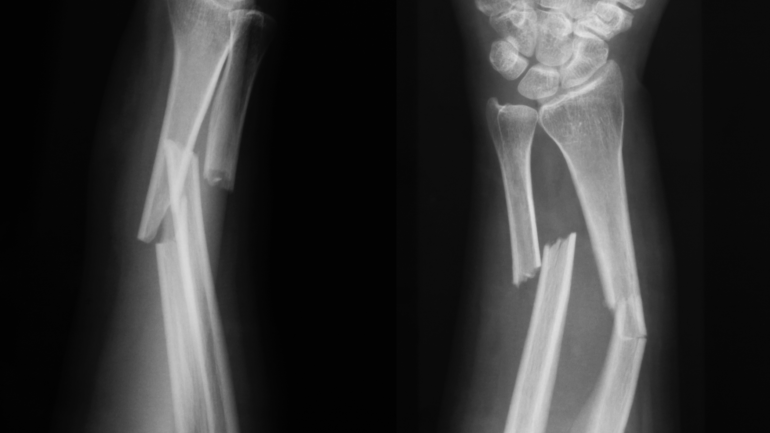Brittany Taylor is a biomedical engineer and assistant professor who studies novel ways to improve bone and tendon healing after injuries. She is exploring drug delivery systems and temporary artificial tissue replacements to promote healing of tendons and the interface with bones and muscle. Millions of musculoskeletal injuries each year cause pain and reduce people’s quality of life. Here, she answers questions about the benefits of using composite materials – biological materials like tissue from animals or synthetic materials – to improve repair outcomes. Many of the techniques are still in the experimental stages and have been tested in animal models.
At least half a million bone grafts a year are performed in the United States. Why do doctors and patients need an alternative to using real bone in these surgeries?
Musculoskeletal complications due to disease, traumatic injury or repetitive activity are major problems worldwide. Current treatments to repair these injuries rely on harvested or donated tissue. For example, doctors take bone from the iliac crest, the curved portion at the top of the hip, then mold it to fit the area needing the bone replacement. But donation sites for bone are limited, and there is a risk of tissue death where the bone is extracted.
When another patient or a cadaver provides bone for such repairs, it can transmit disease. Harsh detergents and sterilization methods to remove any disease can also affect the bone’s strength.
The use of composite material overcomes the risks and problems of real bone.
What kinds of materials work best to help injured bones regenerate?
Composite materials that have a combination of metals, ceramics and polymers – human-made substances – appear to work best for bone regeneration. They provide mechanical support and also a matrix for tissue development. Biomaterials – engineered materials designed to interact with real body tissue – can regenerate tissues and help healing.
The biomaterial should be compatible with the body. It should not set off an immune response, and it should match tissue’s structural and mechanical properties. Biomaterials used for bone tissue engineering should be as tough as bone and allow for tissue to grow into the structure. Natural materials such as collagen from cows or pigs can also be integrated into the bone scaffold to promote bone repair.
This short video from the National Institute of Biomedical Imaging and Bioengineering at the National Institutes of Health introduces nonscientists to the process of tissue engineering for healing.
You study tendons and their limited ability to regenerate when torn. Why don’t tendons heal themselves easily?
Tendons do not regenerate well because they have low cellularity – fewer clusters of cells than other parts of the body – and fewer blood vessels. Tendons also form scar tissue as they heal and…
